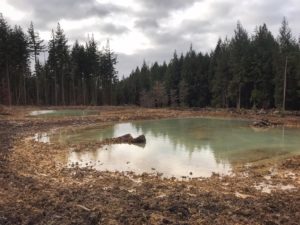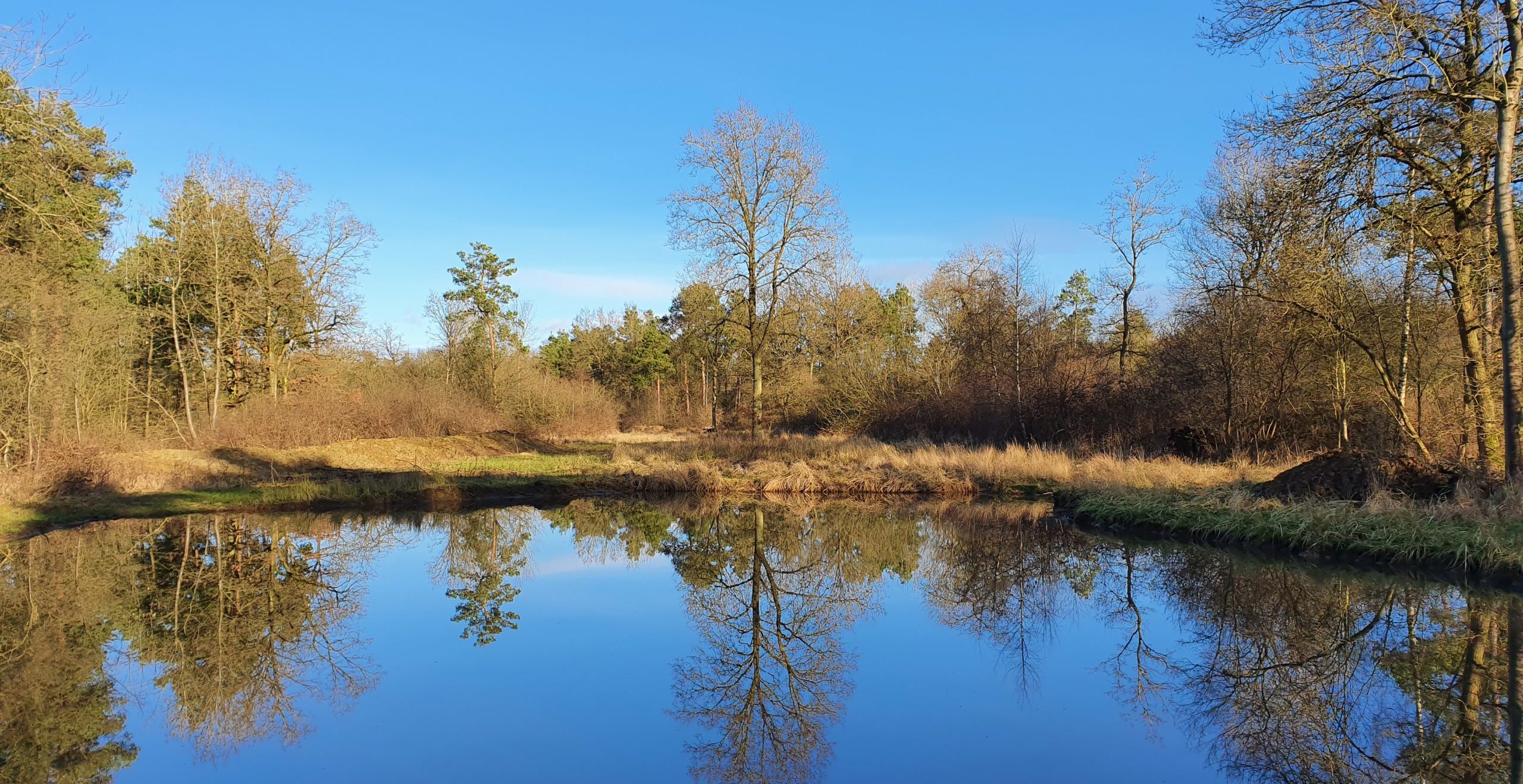Awards 2020 Winner’s Spotlight: In Practice Award
Tom Tew and Pascale Nicolet
District Licensing for great crested newts – a successful first year for the South Midlands scheme
Published March 2019
This award was sponsored by 
Under the ‘District Licensing’ system, Natural England may issue an Organisational Licence to a Local Planning Authority that then enables that Authority to authorise operations that may harm great crested newts through the planning system. This ‘one stop shop’ allows developers to receive authorisation under a newt licence at the same time as they receive planning permission, and removes the necessity of separately applying to Natural England for a great crested newt licence. The system is designed to help developers by significantly reducing delays, risks and costs. It is also intended to help planning authorities to deliver their legal obligations efficiently and to demonstrably deliver net gains in great crested newt conservation status through their planning decisions. First and foremost, however, the system should deliver a significant improvement in newt conservation by creating, managing and monitoring habitats for great crested newts according to a long-term and landscape-scale strategy.
 The paper discusses the outcomes of a district licensing scheme in the South Midlands. The scheme was licensed in February 2018 and operates across 7 contiguous Local Planning Authorities from Bedford Borough to South Oxfordshire; the scheme is voluntary and offers an extra option for developers alongside the existing methods of applying to Natural England for newt licences. Two new organisations were created – NatureSpace Partnership (NSP) liaises with developers and planning authorities to administer the scheme, whilst the non-profit South Midlands Newt Conservation Partnership (SMNCP) liaises with landowners to deliver newt habitats.
The paper discusses the outcomes of a district licensing scheme in the South Midlands. The scheme was licensed in February 2018 and operates across 7 contiguous Local Planning Authorities from Bedford Borough to South Oxfordshire; the scheme is voluntary and offers an extra option for developers alongside the existing methods of applying to Natural England for newt licences. Two new organisations were created – NatureSpace Partnership (NSP) liaises with developers and planning authorities to administer the scheme, whilst the non-profit South Midlands Newt Conservation Partnership (SMNCP) liaises with landowners to deliver newt habitats.
The authors use case studies and output data to illustrate how the scheme is contributing to positive conservation outcomes for great crested newt through delivery of a landscape-scale conservation strategy. The SMNCP has created 40 ponds at 12 sites across the scheme area with only 1 pond lost to development.

The paper describes how habitat creation has been approached in such a way as to maximise the chances of success, with careful site screening to ensure only the most appropriate sites are chosen (although more difficult sites may be used in the future), an emphasis on creating networks of ponds and ensuring ongoing monitoring.
Over the last few weeks, we have been posting further information on each of the 2020 CIEEM Awards Winners over on our blog. A full recording of the event is now available to watch online. Further details on each project/individual is set out in our 2020 CIEEM Awards Booklet.
